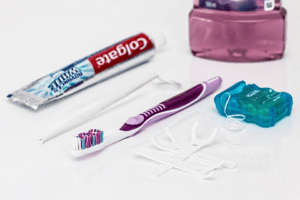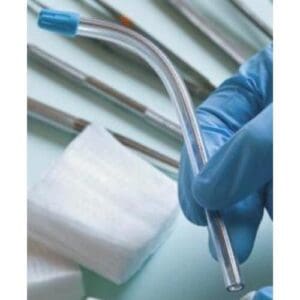Good oral hygiene is a staple of modern civilization. In the last few hundred years, dental work has become safe, affordable, and relatively pain free. Studies have shown that, beyond the obvious aesthetic benefits, proper dental care may also help prevent various diseases and improve overall cardiovascular health. So, why do some people still harbor such an intense fear of dentists? It’s difficult to point to any one thing as the underlying culprit of this phobia. This is because the cause of dental anxiety, like all anxiety, varies from case to case. However, there are certain steps dentists can take to lessen their patients’ worries.
Pain
The fear of pain is generally listed as the main reason people are hesitant to make dental appointments. While it is obviously advised that dentist should refrain from intentionally harming patients, occasional discomfort is an unavoidable part of oral procedures. One way to help alleviate this discomfort is through distractions. Research has proven that people, especially children, experience less pain when their attention is being diverted elsewhere. These diversions can be a lifesaver when dealing with individuals who are weary of numbing needles. Adding a small television to an examination room, or even playing some music during dental work can be a surprisingly effective way to treat a patient’s irritation.


Embarrassment
For some people, the dread associated with going to the dentist is related to shame rather than fear. This embarrassment comes from their own admission that they have not been taking proper care of their oral health. They haven’t been brushing their teeth as often as they should, or they forgot to floss for the past 120 days—an honest mistake. Whatever the case may be, it is the duty of their local hygienist to tell them about their neglectful behavior. This is where bedside manner plays a pivotal role in a customer based business. While it is important that patients understand just how helpful simple things like flossing can be, it is equally important that they don’t become mortified by the thought of someone else looking into their filthy mouths. A light touch is required when critiquing such an intimate part of a person’s body.
Negative Past Experiences
The anxiety surrounding feelings of pain and embarrassment most likely stem from a previous visit to the dentist. This is why dental hygienists must try to limit the number of negative experiences people have in their exam room when at all possible. To minimize potentially traumatic visits, dental office staff members should focus on maintaining a clean, safe environment, and always follow the rules and regulations set for each piece of equipment. Saliva ejectors, for example, pose a serious threat to a patient’s views of dentistry if not properly handled. The Center for Disease Control (CDC) has warned about the dangers of having a patient close their lips around one of these tools. If the pressure in the patient’s mouth is less than that of the saliva ejector’s, then there is a risk for backflow from the ejector. Backflow is an incredibly unsanitary mixture of waste materials from other patients which may include blood, saliva, chemicals from the flushing line, and anything else that was previously suctioned out of their mouths. The CDC also warns that dental hygienist should never position the suction tubing above the patient as this increases the risk of backflow. And of course, saliva ejectors should be replaced after each individual use.


Disposable saliva ejectors can be purchased from Fort Smith medical and Janitorial Supply, inc. You can see their selection by clicking here. They also carry ear loop masks, protective glasses, bio-hazard containers, sterilization equipment, and much more. Above all else, proper equipment and safety procedures are the key to reducing society’s general fear of all things relating to dentists. Dental practices should make sure that they are up to date on, and fully stocked with, the latest technology—as well as any new, innovative methods that could make their patients’ experiences more enjoyable. People can be fickle, especially when it comes to their choice in oral hygienists; but, by combining quality products with an inviting environment, dentist offices can rest easy knowing that their patients will continue to return to them for everything from braces to biannual checkups.
